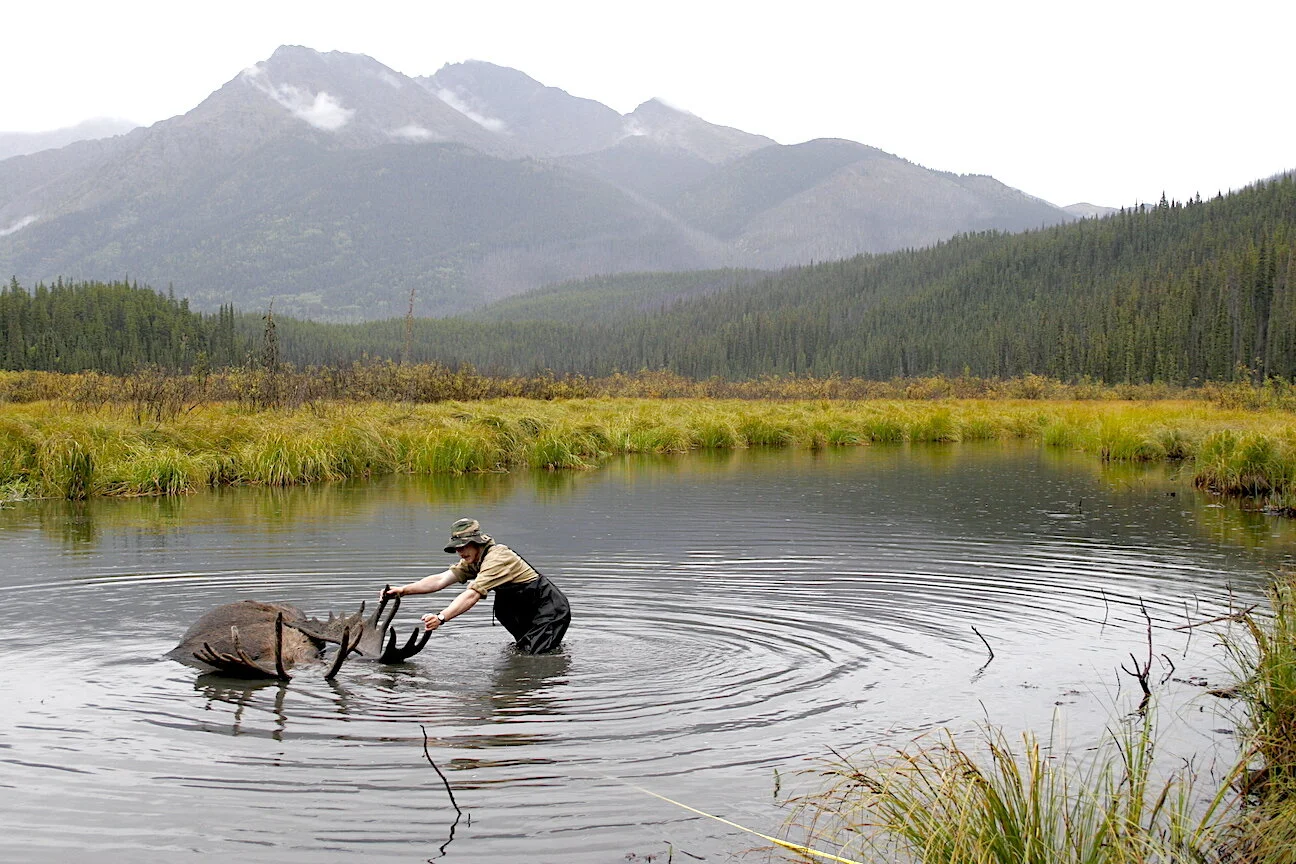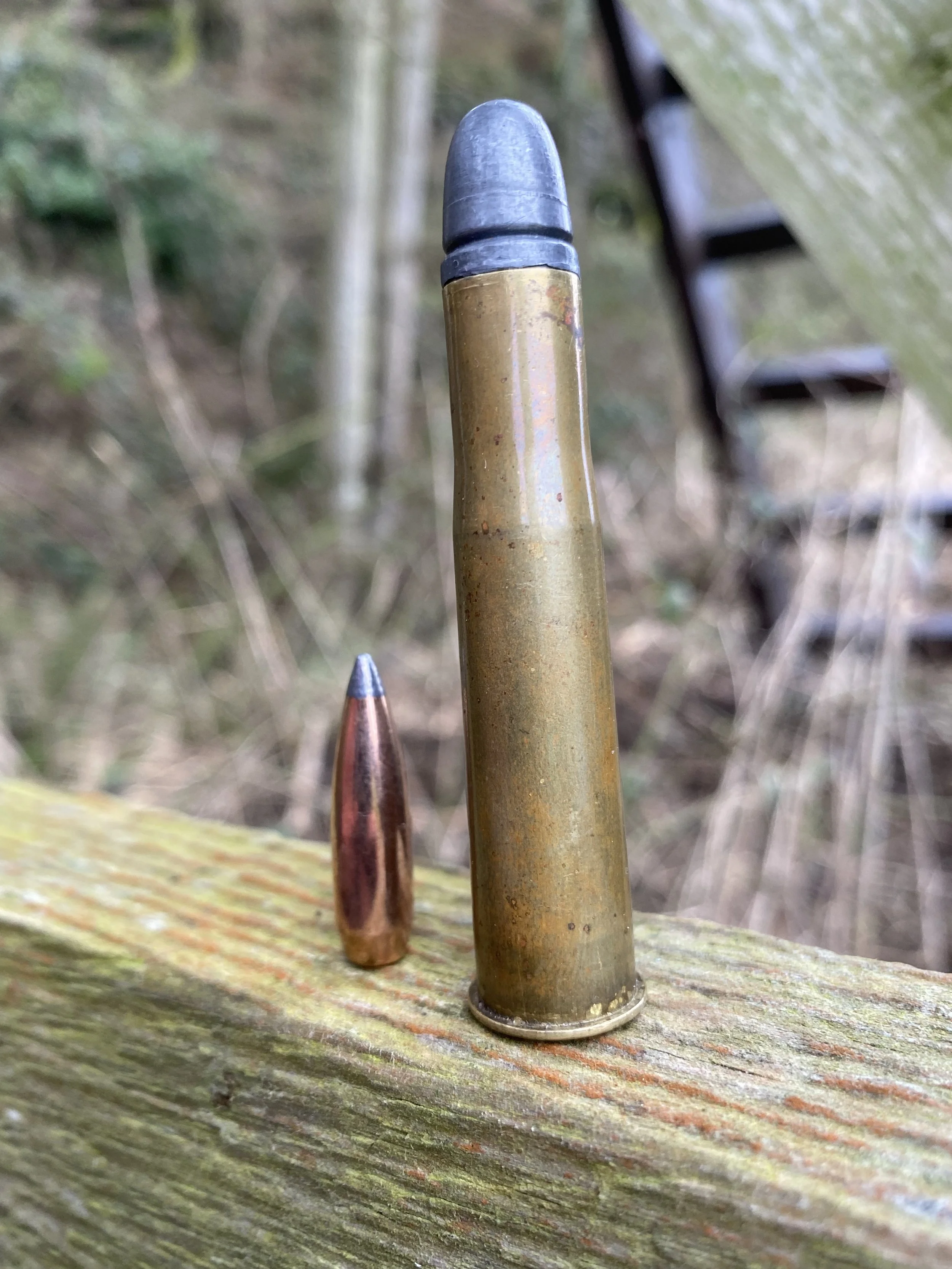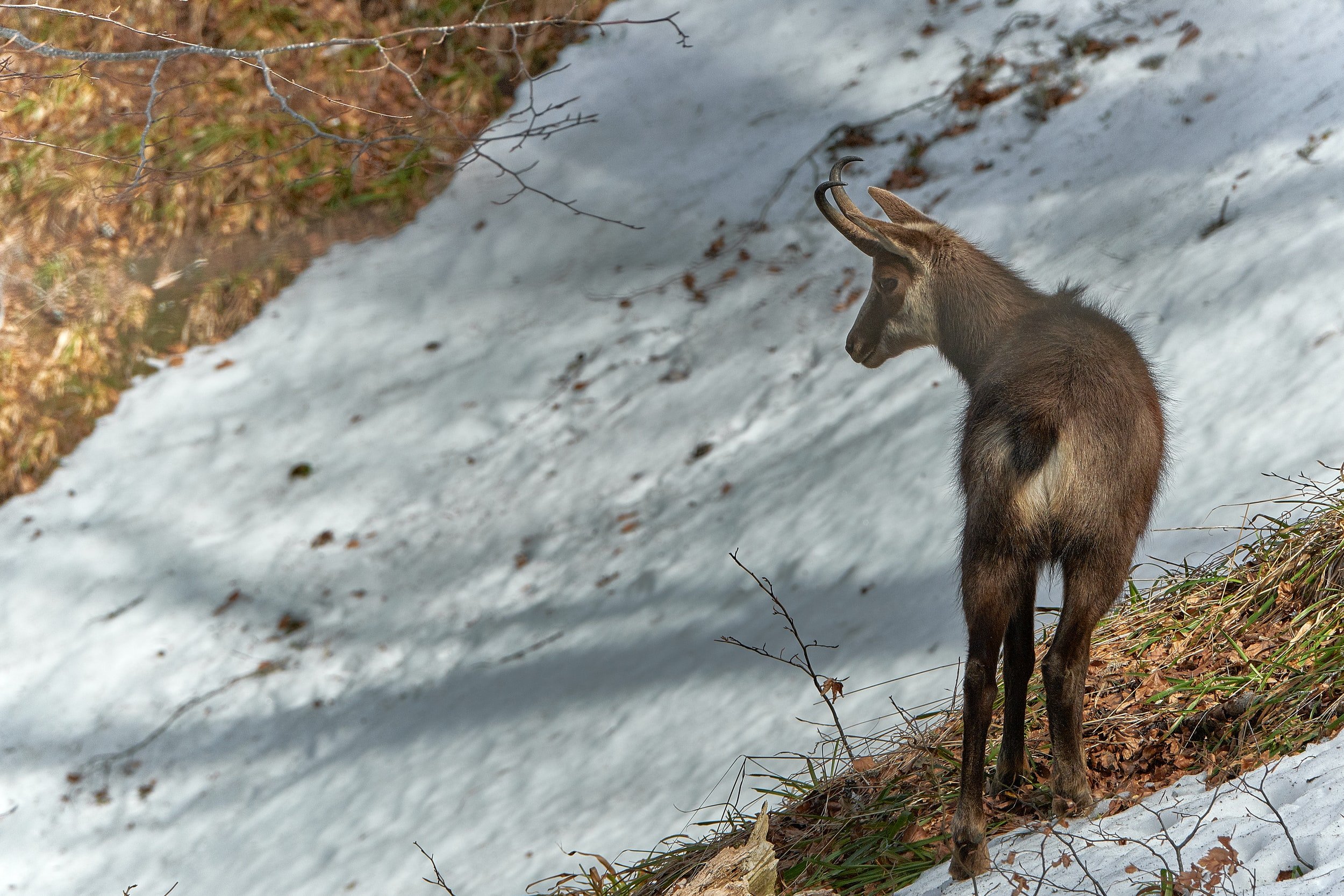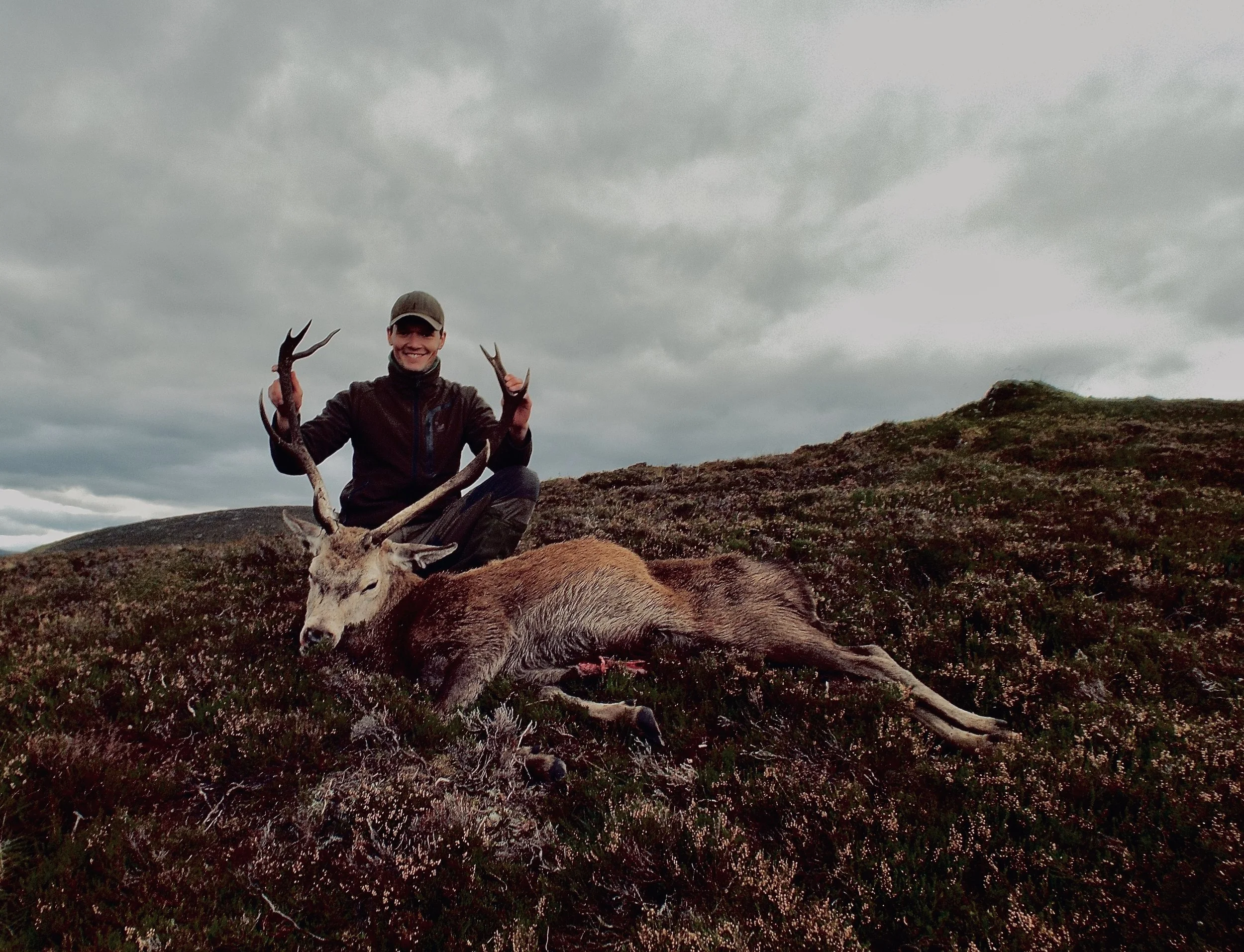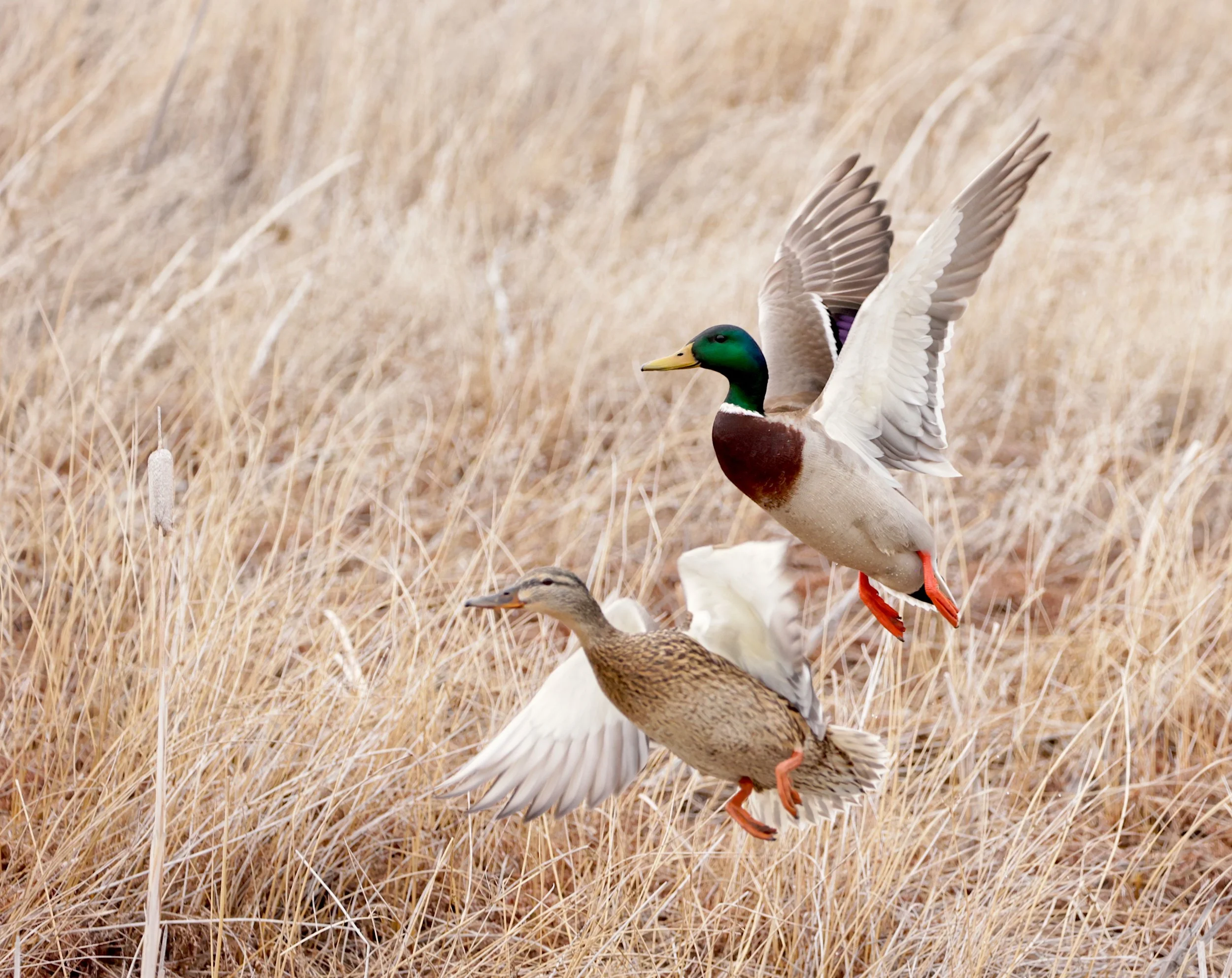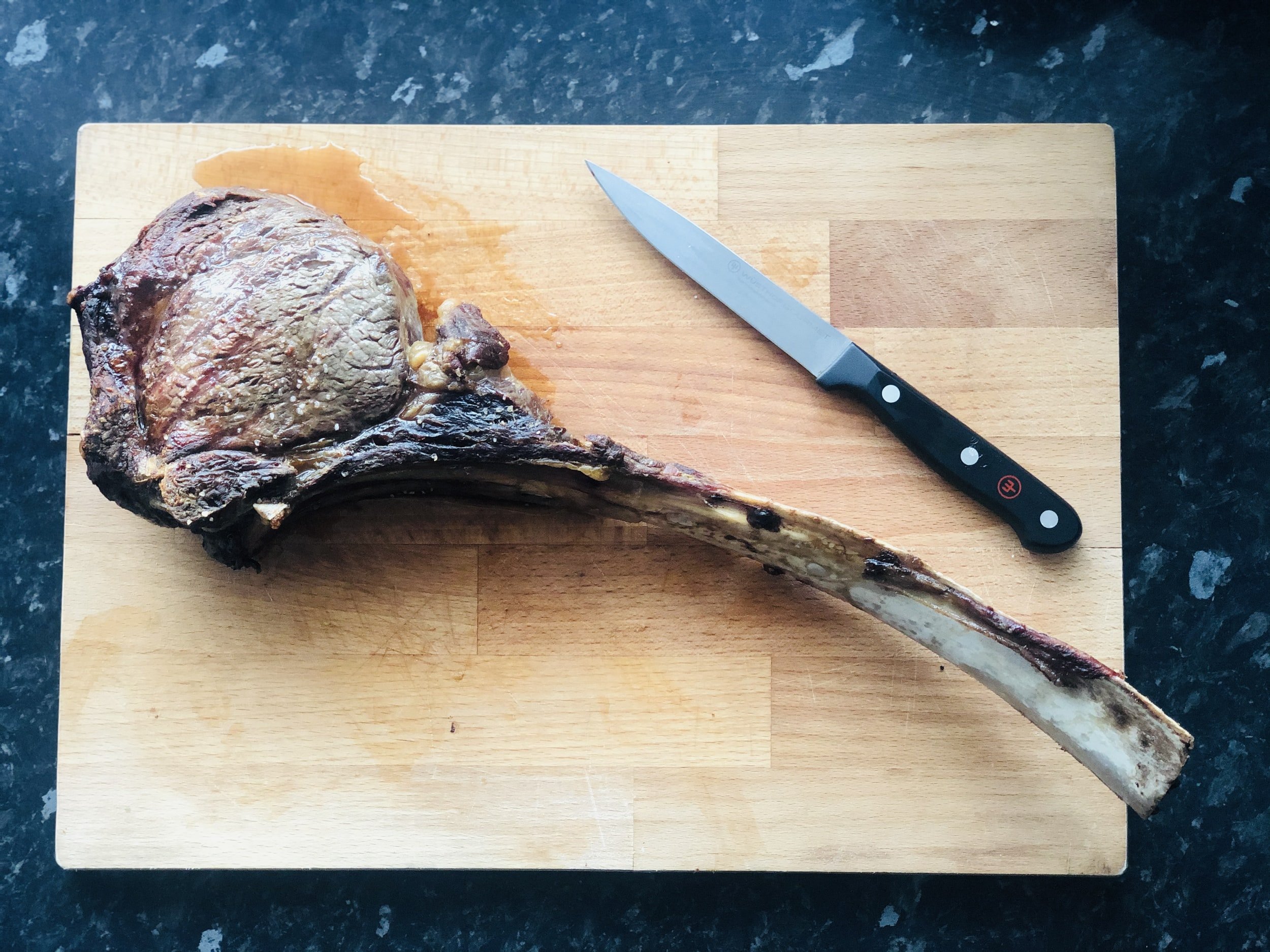Top 5 Must-Have European Trophies
The world we live in is a fantastic place—so many different places to explore, so many animals that inhabit these places. Every corner of this planet offers new sights and adventures.
For the traveling hunter, this means seemingly endless opportunities to pursue new game species in new habitats.
And though North America, Africa, and Asia receive the most coverage in magazines, Europe also offers some excellent hunting opportunities. There is a wide array of game animals to pursue, ranging from various species of deer to some fascinating top predators. These animals offer some great options for hunters looking for a new adventure.
When I thought about all the different game species in Europe and why some are must-have-trophy animals while others are not, I couldn’t help but define some criteria that separate the European classics from other interesting game choices.
First, any animal that wants to qualify in my top-5 has to be native. Arrui, or aoudad, are fascinating creatures, but they’re from Northern Africa. So I had to exclude these and a few others. Also, I wanted them to be typical for Europe. Species that everyone would immediately think of when talking about hunting in the old world. Somewhat classic or iconic, so to say. Those European classics are typically widespread and at least reasonably priced. That’s why 3 of the five are deer. I didn’t want to include species reserved for a small portion of the hunting community, like brown bears, wolves, or reindeer. These species are fantastic, but only a few get the chance to bag them each year. The various and sometimes highly specialized hunting methods used to hunt each animal are also part of the equation.
So, here’s my take on what should be on top of your bucket list when hunting in Europe.
Wild Boar
The first animals that come to my mind are wild boars. This may seem awkward to some folks, but for most European hunters, a big tusker, heavy, with primeval looks, is the ultimate trophy. We’re not talking feral swine but what is also known as Russian boars. Those wire-haired beasts weigh up to 500 pounds, sometimes more. For the matter, old boars or sows are extremely difficult to kill. Swine are extraordinary adaptive, intuitive, and most of all intelligent. Trying to fool their noses and their wits can prove impossible. Some boars never leave thick cover in heavily hunted areas, except for the darkest nights, never offering a shot. Tracks are the only thing giving their presence away. No bait is attractive enough to entice them into taking risks. They can maneuver around dogs, beaters, and shooters, even on driven hunts.
In general, wild boars are hunted during the later hours of the evening at bait sides, sometimes fields, or by driving them out of cover with gritty dogs and beaters. During summer, they can be hunted via spot and stalk in fields in the moonlight. Waiting them out in the darkness can test even the most patient hunter. Good optics and precise shooting in bad lighting increase your odds of success. The old, mature boars usually shy away from bait during the moon phase. Night vision can help, but I’m no fan. I think the animals deserve a way to win the game. With night vision, there are no limits.
Driven hunts are not common in every part of the U.S. Some even question if it’s fair chase. If conducted correctly by mindful and skilled hunters rather than trigger happy shooters, they are a fantastic and enthralling way of harvesting a large number of animals within a very short period of disturbance. One or two days of stress each year compared to weeks or months of countless hunters crawling through thickets, leaving scent or making noise in animals’ home ranges may be the better choice. Mammals can adapt to short stress very well, but chronic stress causes sickness. And make no mistake. Thirty hunters can spend a day driving a large portion of land and still go home empty-handed. Weather, shooting skills, and other factors may lead to little or no success. A lot of preparation will determine the outcome of a drive -- building stands, cutting shooting lanes, scouting for bedding areas, and practicing shooting at game on the move are only some aspects that go into successful drives.
Swine are adapt to inhabit a wide array of habitats. But two things are obligatory: water and cover. If you find those in relative proximity, you’ll find boars. Feed can vary, from crops to roots, from carcasses to grass. Swine are true omnivores.
Their usual mating season is during the winter, in January and February. But wild boar can reproduce year-round due to warmer climate, abundant feed in agricultural areas, and poor management (like shooting the lead sow, for example). Mature sows control the reproductive cycle of lesser sows within the sounder, but without them, even astonishingly small piglets will come into heat. Territorial boars can fight viciously for mating rights if of similar stature. Foaming boars, grunting, and attacking each other is a sight to behold, that is for sure. Communication works through numerous vocalizations, scents, body language, and markings.
Good bolt-action rifles are great choices for any method, single shots for stand hunting at night, autoloaders for driven hunts. Equipped with good optics that fit the intended use, only lack of practice will prevent success. This is very true for driven hunts. Shooting moving game is no more or less unethical than shooting at long distances, in my opinion. Both can be mastered with enough practice. Good choices for swine are all calibers from 7mm/.284 inch to 9.3mm/.366 inch. Smaller pigs will fall to any bullet type; the bigger ones call for deep penetrating bullets.
Wild boars may be hunted for low prices (mostly in areas without a huge specimen, on driven hunts, or from stand). Fees for big boars vary, but expect something like 2000 USD per animal for true heavyweights.
I guarantee, any encounter with these beasts will pull you in. It’s not without reason that so many European hunters spend night after night and drive after drive in the woods, hoping to strike gold and shoot a big boy.
Red Deer
This is probably the most iconic species on this list. Especially footage of big stags roaring with their deep voices, clashing their antlers, chasing each other, light a spark in most hunters’ breasts. Though not the biggest deer species, red stags are considered kings in these woods. Their demeanor and appearance, seclusive nature, and impressive racks separate them from other deer species.
Hunting red deer is somewhat the crown of European hunting, at least in large parts of the continent. Compare it to elk hunting. Some like chasing other games better, but probably no one says they don’t want to hunt elk.
Stags are primarily hunted and managed very carefully. Selective methods like stalking and stand hunting are used, with calling playing a role during the roar. Cows, called hinds, are pursued via stand hunting and driven hunts in the fall and winter seasons. In some places, like Scotland, hinds are managed via stalking, too. With driven hunts, reducing numbers to protect crops and young trees is easier done in a few days of hunting each year. Red deer are very sensitive to hunting pressure and other disturbances, so what I said towards driven hunts for wild boar is also true for this deer species. Where both deer and boars occur, people go after them simultaneously. That’s part of the thrill of driving game: you never know what may happen. You could take several deer and boar, sometimes even trophy animals, within a few hours’ drive. Or you go home empty-handed, without seeing a single hair. The terrain, weather, season, management goals, and personal preference dictate the method.
Big stags in their prime, right before the roar, can weigh up to 350 kg on the hoof. That is over 750 pounds. Most areas don’t produce stags of this size, but some do. In Scotland, for example, something like 250-280 pounds undressed is more realistic.
Red deer favors open country with pockets of thick cover close by and within their home range. They inhabit everything from flatlands to mountains, from deep woods to open heather landscapes and moors. Human disturbance or predators may even turn them nocturnal. But that is far from their natural behavior.
The roar starts in September and ends in October. Hinds usually drop one calf each in late spring or early summer. Like elk, females live in groups that may consist of a hand full of animals to hundreds. Stags build bachelor groups during summer, stay with the herds of females in the fall, and often prefer solitude after that.
As far as guns go, typical deer rifles such as bolt actions or combination guns with break actions are most common. Like elk, red deer are tough, and erring on the bigger side is probably better than using too small of a caliber. Bullets can’t be too light or fragile, so choose premium bullets with heavy for caliber weights.
Hunting red deer can be costly, but management hunts for lesser stags (often still wonderful trophies) exist. So hanging a rack on your wall is a realistic option. Think about the price of a whitetail deer hunt for smaller ones or even a little less. The big brutes with heavy trophies can easily cost north of 10.000 USD. „Big“ in this regard is not to be mistaken with the antlers of New Zealand’s high fence stags. No critter grows antlers that big on a natural diet and natural selection. These racks are of no natural use; they’re too big to be an advantage for the animal carrying them. N.Z. free-range stags are similar to European ones. But trophies weighing well over 10kg (roughly 22 pounds) are possible in prime stag areas.
Chamois
If you ever lay your eyes on a big chamois buck in a full winter coat, dark as hell with light stripes along its face, chasing a contender up and down a mountain so steep that you or I would fall into death, seemingly defying gravity, then you know chamois is special. There is hardly another mountain game that combines tough hunting, amazing country, need for good marksmanship, sheer beauty, and grace in the way chamois do. And most of all, they’re one of the most affordable high country species to hunt. Especially alpine chamois, which is the most commonly hunted variety, is a go-to mountain species. For many hunters, it is the first to pursue in the mountains.
Several other chamois species and subspecies exist, and within their home range, they’re always popular game animals. And even the rare ones are affordable compared to other mountain game around the globe.
If you’re thinking about hunting alpine chamois in New Zealand, I’d recommend thinking twice. If you plan to hunt both tahr and chamois, then N.Z. is your obvious choice. But if you’re comparing costs for a chamois hunt, free-range, with great trophy potential, then Europe can’t be beaten. For the price of any guided chamois in N.Z., you can often take two really good ones in the European alps.
In general, chamois is not big, with males of the biggest subspecies topping out at around 110 pounds, while alpine chamois bucks often reach 80 pounds in their prime. Females often weigh a lot less than males.
Bucks live their lives in solitude or small groups most of the year. In October and November, they join the groups of females, fawns, and young males. As mentioned, they’re ferocious fighters when establishing or defending mating rights. It’s a more or less regular occurrence that bucks chase each other off of cliffs and into death. The dominant males are often referred to as „black devils“ because of their appearance and behavior.
Their trophy is a set of rather short horns hooked at the end. Female horns are thinner but as sought-after trophies as bucks horns. Fooling an old female that has seen it all is often harder than killing hormone-driven bucks. So, old and fawnless ewes are fantastic animals to take. Trophy-wise, they compare best to mountain goats of North America, where a few inches separate mediocre trophies from outstanding ones.
Upon detecting danger, chamois whistle to let others know there’s something wrong. That’s not a sound you’d like to hear when pursuing them since you probably just got busted.
Like all creatures in the mountains, chamois choose different elevations during different seasons. Lower parts with milder climates are preferred in the winter, while chamois typically stay high and above the tree line when it’s warmer. But even during summer, there are chamois in the lower elevations, and therefore even stand hunting is possible. Which mountain game can be taken by hunters with reduced mobility? For most, though, spot and stalk hunting in breathtaking scenery is the way to go.
Different minimal calibers and energy levels are required for hunting chamois, depending on the jurisdiction. Everything from .243 Winchester and bigger, with a flat trajectory being favorable, will kill a chamois without a doubt. But check if your chosen cartridge is indeed legal. In Germany, for example, the .243 Winchester is not.
In Europe, shots are rarely taken at distances beyond 300 yards. Few guides will let you try, and there’s usually a way to get closer than that. That means dependable stalking skills in difficult terrain are a must. But that’s another reason why chamois hunting is so popular. If you can hunt, you don’t need to be a thousand yards shooter to be successful. Good is good enough, in this case.
European Roe Deer
This smallish deer species is the bread and butter of many European hunters’ game. These critters are available for most sportsmen from the Iberian peninsula to Russia, from Scandinavia to southern Europe. They offer a perfect blend of availability, affordable prices, fun hunting, and great meat. They compare to North American Whitetail deer in overall importance for the average hunter. Over here, they’re often considered the “average man’s stag.”
If I had to name the most beautiful deer species on earth, I’d probably say it’s roe deer. I know beauty is not a standard game classification, but I can’t help it. Fawns are cute, does are graceful, and bucks are impressive.
This deer species prefers a semi-open country of low and moderate altitude, for example, a mix of agricultural fields, woods, and hedgerows. But they occur in dense woods and fairly high country as well.
Roe deer are taken on driven hunts (usually females and fawns), stand hunting and stalking (all roe deer), or by calling during their rut in late July and early august (bucks). Especially calling with various sounds, played with mouth calls, is exhilarating and action-packed hunting. Any buck from raghorn to mature trophy buck might feel intrigued by the right call at the right time and come in hot. The rut is a special and highly anticipated time.
The reproductive system of roe deer shows an interesting specialty, something called delayed implantation of the early embryo. After successful mating, embryonic implantation usually occurs within a few days. In roe deer (and some other mammals), the early embryo enters a dormant state without further development. The embryo then starts growing again in December. Therefore, fawns are born in favorable springtime, almost ten months after mating.
Roe deer show a reddish color in summer and a brown coat during winter. Usually, they’re solitary animals. But does are accompanied by their offspring until about two months before dropping their next fawn. In open country, roe deer build groups of several individuals, mainly in the winter months, even with bucks joining.
Mature bucks carry a set of 3x3 antlers, with more points being „non-typical. “ In Europe, usually the weight of the trophy is more important than inches. Big bucks can exceed trophy weights of 500grams in some places, while elsewhere, 300grams might be rare.
Roe deer are more or less fragile animals. I’m not the first to point to shot placement as the single most important factor, but any .22 centerfire cartridge offers enough horsepower when placed correctly. Be aware, though, that the .222 Winchester and metric equivalents are legal minimum in some places. Roe deer are often shot with bigger cartridges like the 7x64mm Brenneke, .30-06 Springfield, and others of that class. Most people don’t use designated roe deer rifles in places where the bigger and tougher game might be hunted at the same time. Combination guns with both a small and an all round-cartridge are a good idea for this scenario.
Top destinations for specialized hunts targeting mature bucks are England, Sweden, Spain, and various eastern and southeastern European countries. These hunts can be costly, as premium trophies usually cost a premium, regardless of the species. But “costly” in this case means the low thousands, not 4-6 thousand dollars per buck.
Moose
Moose surely are the most familiar to American hunters of those animals highlighted on this list. And they’re also the least available on this list to the average outdoorsman or -woman. But since hunting opportunities are nowhere near as expensive or rare as elsewhere on this planet, I thought the iconic king of the northern woods couldn’t be missing on my list.
European moose are smaller than most American subspecies, about the size of a Shiras moose or slightly bigger. Still, they’re impressive creatures. Big bulls can weigh as much as 1100 pounds and carry impressive shovels.
Regions with huntable populations of European moose include Skandinavia (Sweden, Norway, and Finland), the Baltic states of Estonia, Latvia, and Lithuania, and eastern European countries such as Belarus and the European parts of Russia.
Moose habitat in Europe resembles what moose favor on the North American continent: large woodlands with or without clear cuts, often with swamps and bogs. But moose can also thrive in higher elevations and more agriculturally developed areas.
Moose live solitary lives, except for cows accompanied by their calf. They don’t usually gather in groups but can be seen hanging around each other during the rut when bulls are sometimes seen with more than one cow.
They’re pursued in a few different ways. Spot and stalk, of course, but that is difficult in the dense woods these critters call home. Calling during the rut is practiced in eastern Europe more than in Scandinavia. As you may have noticed, European hunters like to drive game with specialized dogs, and moose hunting is no exception. It’s either conducted with hunters placed on stands or backcountry roads moose are likely to cross when trying to avoid dogs and hunters. Or with one or two dogs that try to bay the moose and one or two hunters sneaking up and taking a shot if the right animal is bayed. Either way, moose are not stressed too much, as dogs are more nuisance than a threat.
On dog hunts, trophies are usually not of much interest. Meat is on the hunter’s mind. So calves and cows are targeted, too, if the management plan allows for that. That doesn’t mean there are no big antlered moose in those countries, but growing them big is not the main goal. Delicious meat and the experience of hunting with friends and dogs are more important.
Moose are successful breeders, so numbers need to be reduced each year to ensure they don’t gorge themselves out of their habitat. Landowners like to see their trees grow, too, and they cannot under constant browsing of too many hungry ungulates. All of that calls for efficient hunting, and driving them is more likely to be successful and effective in a given day than other methods.
Regardless of the method, bolt action rifles are great moose guns. They provide:
Enough firepower.
Reliability in bad weather conditions.
A wide variety of available configurations and chamberings to fit any hunter’s needs and preferences.
Any gun in a solid all-around caliber will be good moose medicine. With great success, Swedish hunters use the little 6.5x55 Swedish to this day. Anything bigger might be better or at least provide more room for error. Bullets on the tougher side of the spectrum guarantee enough penetration on less than ideal shot angles.
Since North American hunters can pursue moose on their side of the Atlantic Ocean, they might not have moose on their minds when thinking of hunting the old world. I’m convinced that’s a mistake. Nowhere else on this planet will you find game densities as high and prices as low as in Europe. It’s worth considering getting moose off your bucket list further away from home than you probably would’ve considered.
As I said, there is so much more to experience in Europe, hunting-wise. Iberian Ibex, Wolf, Mufflon sheep, fallow deer, and others offer even more opportunities for the traveling hunter. But this list is a good starting point when considering hunting across the ocean. And once there, adding other species to the wish list might be intriguing, too.

















